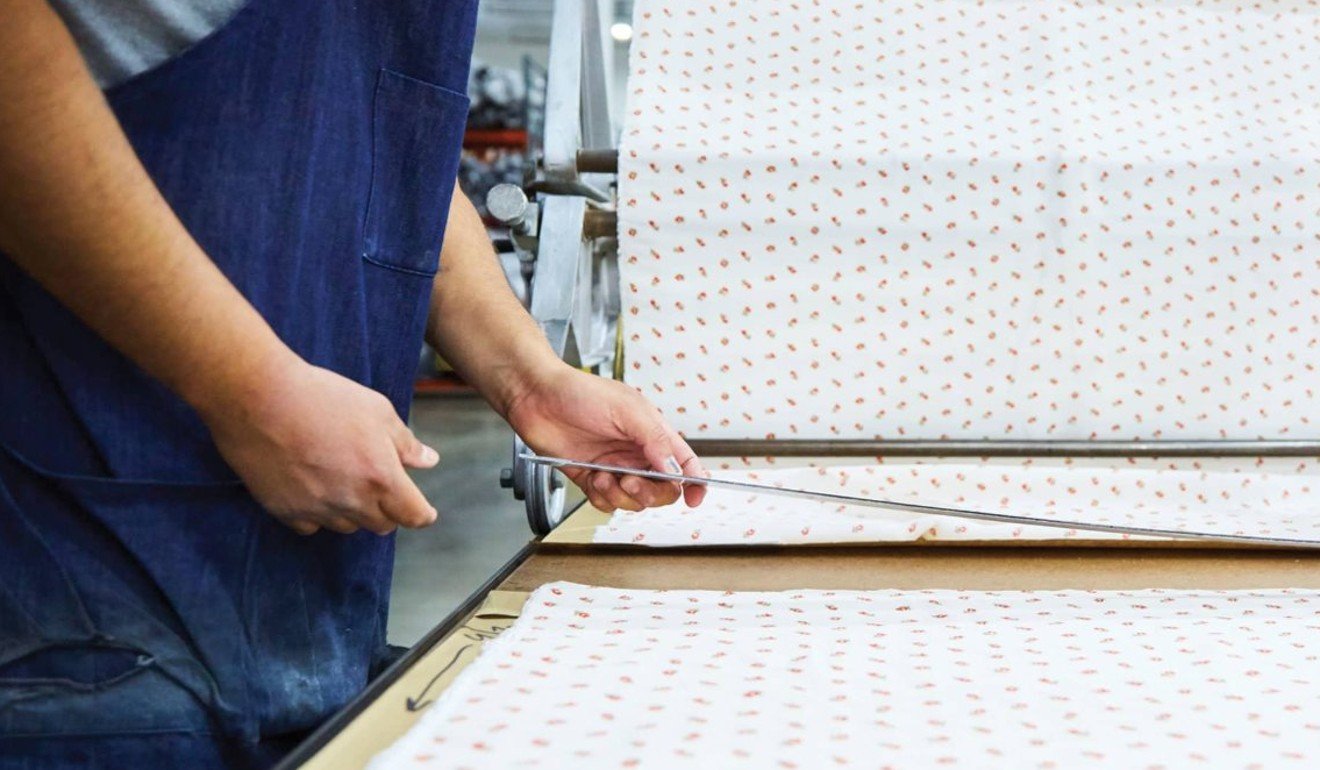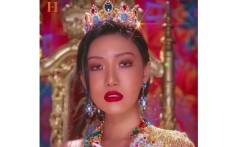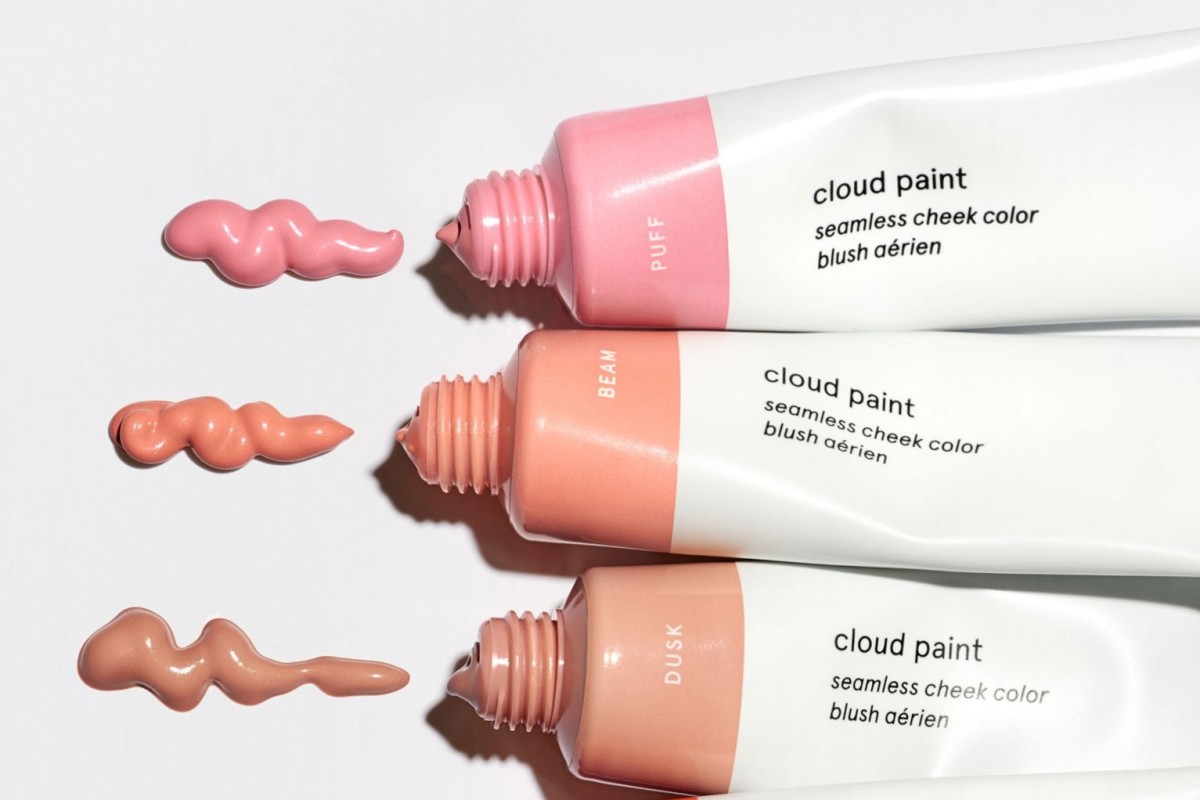Beauty grows into a US$532 billion industry thanks to these 4 trends
Analytics firm Edited says cosmetic companies and beauty brands are avoiding traditional advertising, while social platforms have become more shoppable
Glossier has become a leader in the beauty space. Photo: Reuters
The beauty industry is growing faster than ever. Today it’s valued at an estimated US$532 billion, according to a new report from retail analytics firm Edited.
The rise of beauty vloggers sharing YouTube tutorials and posting about their favourite lipstick on Instagram continues to change the way consumers discover new products and engage with brands. Cosmetic companies and direct-to-consumer beauty brands have started eschewing traditional advertising altogether, in favour of tapping into the power of influencer marketing and brand ambassadors.
The rise of beauty vloggers sharing YouTube tutorials and posting about their favourite lipstick on Instagram continues to change the way consumers discover new products and engage with brands
At the same time, social platforms have evolved to be more shoppable by allowing consumers to buy items they see in a post directly from the app. Thanks to features like Instagram shopping and Pinterest’s shoppable Pins, if consumers see an item they like, they can click on it to learn more and make a purchase.
The Edited report has listed several burgeoning beauty trends that will help the industry to continue to grow. Here are the four key factors Edited says will advance the beauty market:
1. Traditional retailers experiment with beauty
According to the Edited report, UK H&M’s assortment of beauty products grew a staggering 94.8 per cent from 2018 to 2019. At the same time, luxury e-commerce companies like Net-a-Porter also began offering a wider beauty inventory, which increased by 26 per cent in the same period.
Lululemon announced its first foray into personal care with a collection of gender-neutral “self-care” products, including shampoo, deodorant and lip balm.
“Brands are realising that when tapped properly, the beauty sector can be a lucrative one,” the Edited analysts wrote in the report.
2. Targeted pricing helps reach new demographics
As more retailers begin launching their own beauty brands, they have the benefit of controlling pricing to better appeal to specific demographics of shoppers. As a result, many are offering a wide range of price points: H&M’s beauty line ranges from US$2 for wet wipes up to US$45 for a leather make-up bag.
Edited said brands will benefit from getting smarter about what millennial and Gen Z shoppers truly want when it comes to beauty.
“The beauty industry is becoming increasingly dominated by millennials who are willing to spend on good quality products and this knowledge is utilised with targeted price points,” the analysts wrote.
3. Increased transparency

Beauty brands are beginning to experiment with transparent models. Photo: Reformation
Beauty brands are beginning to take a page from the playbook of apparel companies like Everlane, which has gained support for its “radical transparency” model that lists the sources and origin of materials and the true cost of manufacturing.
The Edited report notes that start-ups and direct-to-consumer companies have an advantage because of their ability to more easily experiment with transparent models, and it cited Beauty Pie, a new luxury skincare subscription company. Beauty Pie members receive a full pricing breakdown of every product, as well as lower prices as a result of cutting out the middleman.
4. Sustainable alternatives
The clean beauty movement continues to gain traction, as more shoppers seek out products free of toxins and other harmful ingredients. Paired with federal protocols like the Personal Care Product Safety Act – a bipartisan bill that if passed will give the FDA further oversight to regulate cosmetics and personal-care products – brands are more cautious about what they use in their formulas and many are introducing features like recycled packaging for the first time.
“Sustainability is becoming increasingly important to transparency-minded customers who want to know where our products come from and how they are made,” the analysts said in the report.
“No longer can beauty giants get away with wheeling unsubstantiated claims as they once did, and brands are properly doing their research [out of] respect for their wised-up customers.”
This article originally appeared on
.












Comments